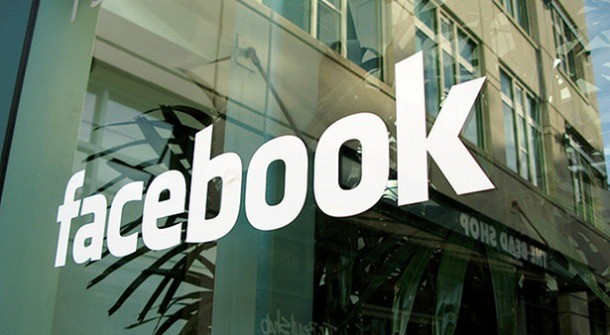The importance of fizz, more technically known as effervescence, in sparkling wines and champagnes is not to be underestimated—it contributes to the complete sensory experience of a glass or flute of fine bubbly. A scientist has now closely examined the factors that affect these bubbles, and he has come up with an estimate of just how many are in each glass.
The report appears in The Journal of Physical Chemistry B.
Gérard Liger-Belair notes that effervescence plays an important role in the look, taste, aroma and mouth feel of champagne and other sparkling wines. Wine journalists and bloggers often cite 15 million as the average number of bubbles fizzing in a single glass of champagne, based on some simple mathematics calculations.
Sounds impressive, but Liger-Belair suspected that the formula leading to this estimate oversimplified the matter. It didn’t take into account the fact that some of the dissolved carbon dioxide escapes from a glass without forming bubbles. Also, the size of the bubbles changes over time, and this could affect the final number. Liger-Belair wanted to set the record straight.
Taking into consideration temperature, bubble dynamics and the tilt of a flute, Liger-Belair came up with a new way to calculate the number of bubbles in a glass full of champagne. And the result is far lower than what has been cited. “One million bubbles seems to be a reasonable approximation for the whole number of bubbles likely to form if you resist drinking champagne from your flute,” he concludes.
He also found that if you prefer more fizz in your bubbly, serve it warmer than you normally would and be sure to tilt the flute when pouring.





